
News + Events

Design With Nature at 50: Its Enduring Significance in the 21st Century
This special issue of Socio-Ecological Practice Research is timed to commemorate the 50th anniversary of Design With Nature. Whereas McHarg is generally acknowledged as the father of ecological design and planning, his contributions are frequently misunderstood and/or misrepresented. The special issue will help clarify his legacy and to extend its reach into the twenty-first century.
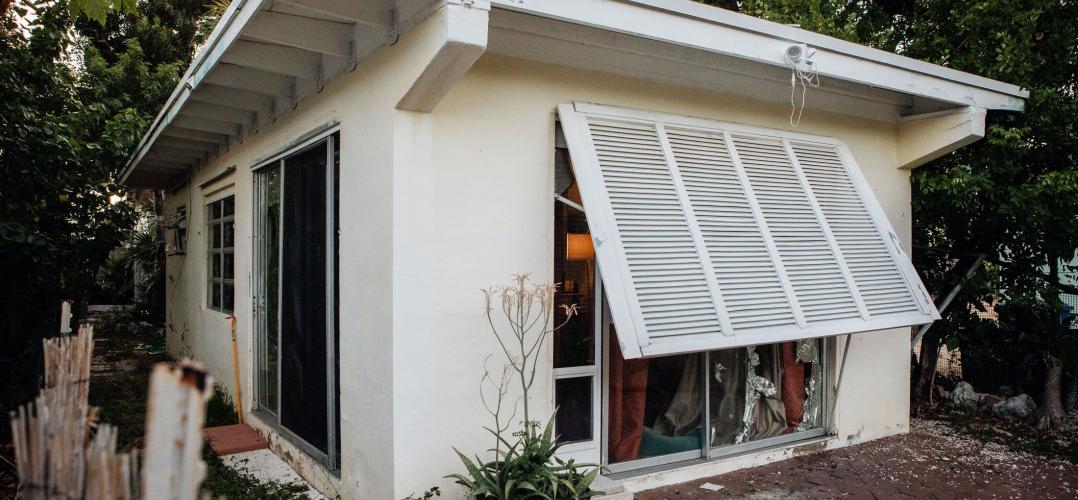
America's Great Climate Exodus is Starting in the Florida Keys
“The scale of this is almost unfathomable. If we take the climate science seriously," said Billy Fleming, the Wilks Family Director of the Ian McHarg Center at the University of Pennsylvania. "We’re down to the last 10-12 years to mobilize the full force of the government and move on managed retreat.”

The Climate Crisis and the Case for Hope
City planners are using the ideas of the Green New Deal to think differently about urban infrastructure (last week a “Designing the Green New Deal” conference at the University of Pennsylvania attracted more than 2,000 attendees). On college campuses, the Green New Deal has gone viral, transforming depressing lectures about the climate crisis into inspiring debates about race, power, and environmental justice.
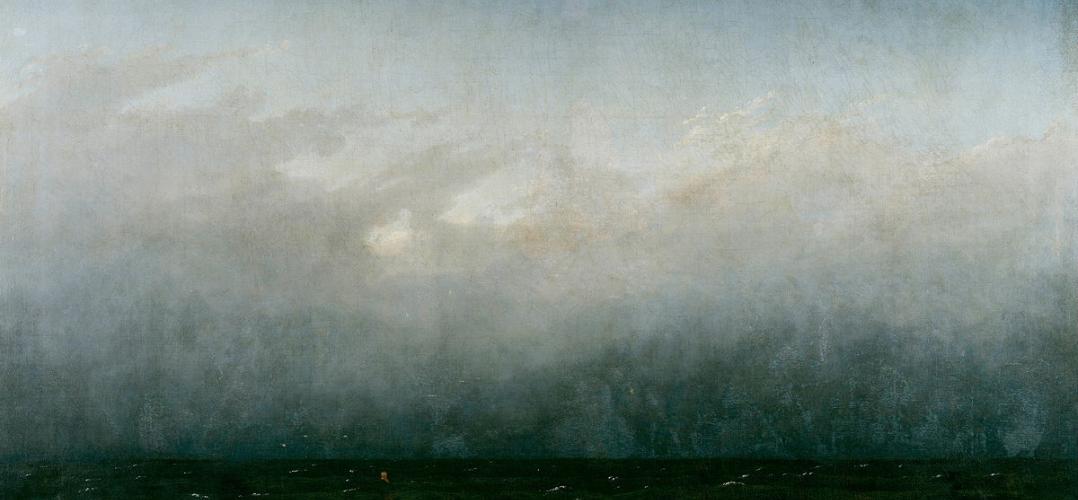
We Are Designing the Earth, Whether You Like It or Not
Now, while the scientists are working on their empirical models, the question in the arts is not so much how the Anthropogenic Earth works but what the Anthropogenic Earth means. To wit, just look at the plethora of recent books that use the word Anthropocene in their titles. Notably, almost all are dramatic and apocalyptic. Indeed, thoughout the humanities, there is evidently outright panic about the advent of the Anthropocene. And rightly so, because the old idea of nature as something stable and inviolable, history’s backdrop, has literally just evaporated into the carbon-saturated atmosphere of our own making.

A Green New Deal by Design
In the midst of our climate crisis, it's time to talk about how and where we live.
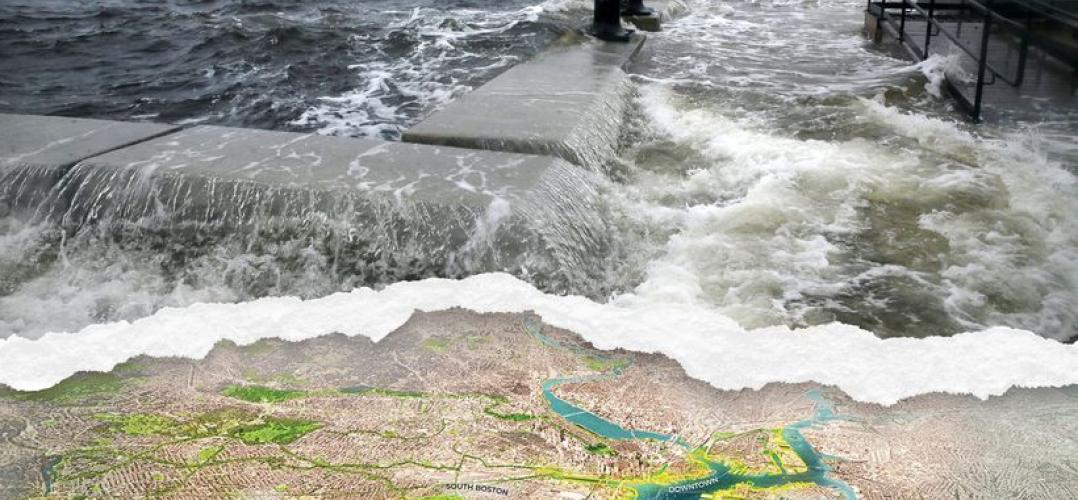
Tired of waiting for national push, a buzzing hive of climate resilience innovators is at work in Boston
“We’ve reached the limit of what design firms and cities can do,” said Billy Fleming, director of the Ian L. McHarg Center at PennDesign, who cautioned against wishful thinking in a provocative essay in Places Journal in the spring. Glossy renderings of one-off projects, he said, simply don’t begin to match the scale of the problem — a national emergency requiring a national response. That means a new arrangement of funding streams and institutional support, a rebooted Army Corps of Engineers, and a sweeping organizational framework like the Green New Deal. “Adapting to climate change and decarbonizing the economy — these are huge structural things.”

The Green New Deal Could Change the Way America Builds. Here's How
The way the Green New Deal might be administered is still an open question. After all, it’s a resolution, not concrete policy. Could some of those New Deal-era agencies be reborn as tools for leading the projects of the Green New Deal? It’s an idea that Billy Fleming, director of the Ian L. McHarg Center at the University of Pennsylvania’s Stuart Weitzman School of Design, explores in a recent essay in Places. The Green New Deal is “the biggest design idea in a century,” he wrote at the time, concluding, “whatever form the Green New Deal eventually takes, it will be realized and understood through buildings, landscapes, and other public works.”
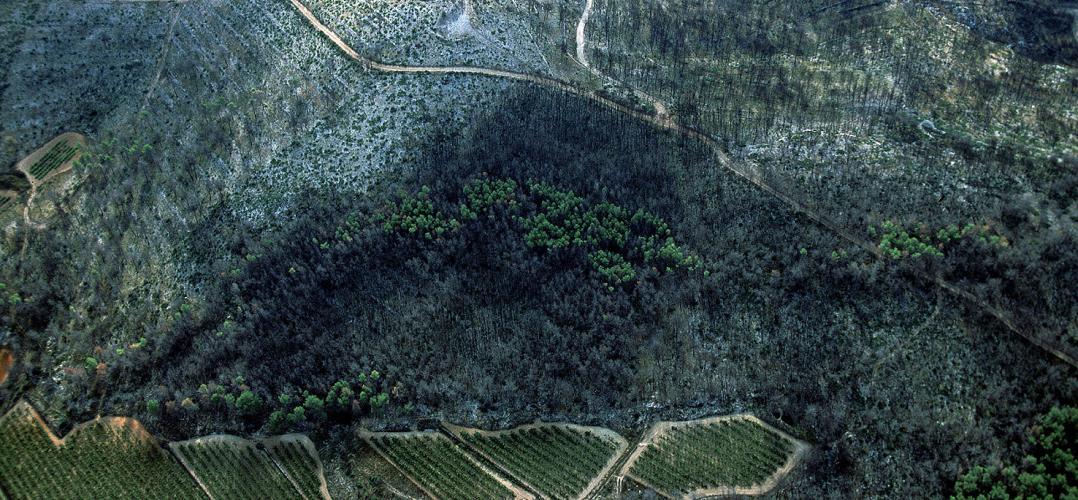
McHarg Center exhibition highlights global ecological urbanism
The exhibition comes as the recently-launched McHarg Center takes shape and begins to tap into the growing national and international conversation regarding the proposed Green New Deal.
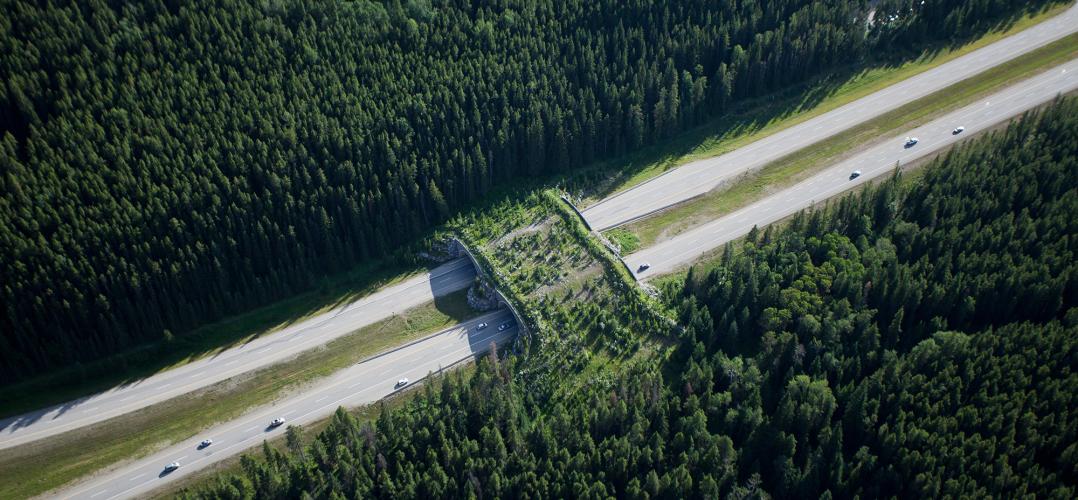
'Design With Nature,' 50 years later
Design With Nature Now, echoing the title of McHarg’s 1969 book “Design with Nature,” takes visitors on a global tour of 25 ongoing or completed projects in 21 nations—from China to the United States, and from Columbia to New Zealand—to measure the political, environmental, and economic dimensions of landscape architecture as practiced today.
